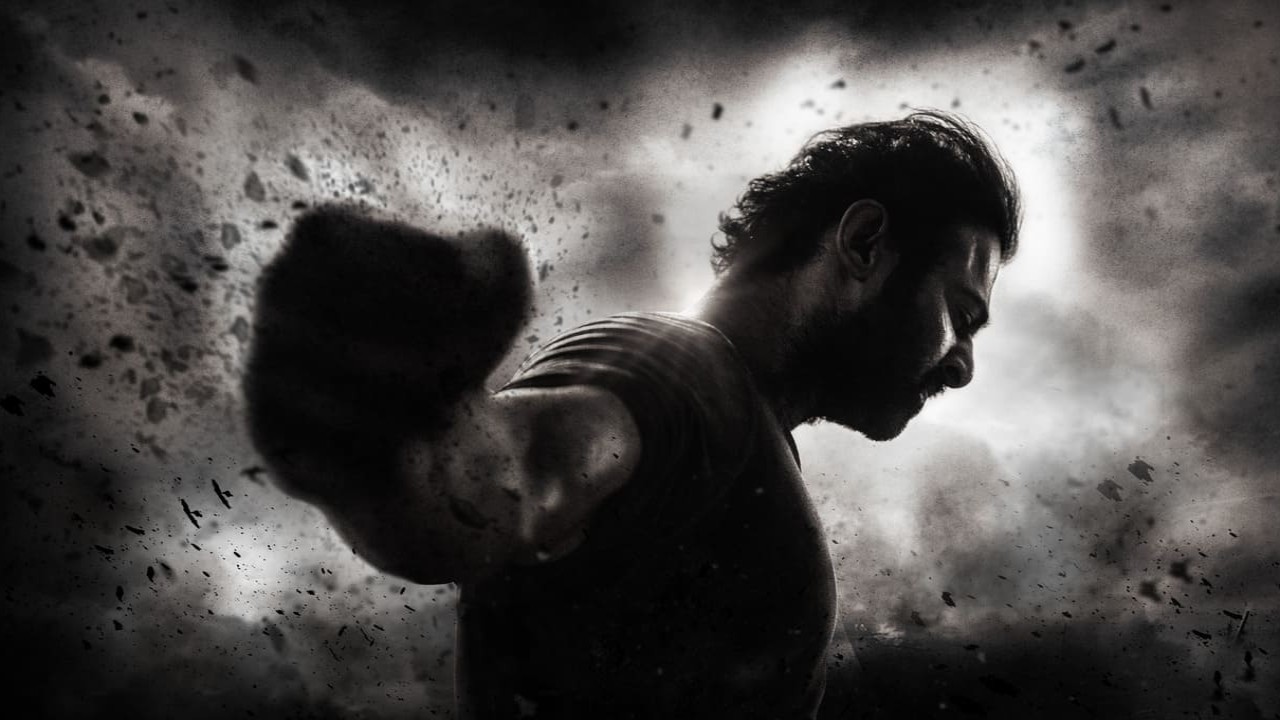Sanjay Leela Bhansali's highly anticipated web series, Heeramandi: The Diamond Bazaar, introduced a captivating ensemble of characters, each navigating their own distinct narratives. While Sonakshi Sinha and Manisha Koirala engaged in an intense battle of revenge, Aditi Rao Hydari emerged as the fearless rebel, Bibbojaan. However, amidst this captivating tapestry, Sharmin Segal, portraying Alamzeb, stood firm in her refusal to succumb to her mother's aspirations of becoming a tawaif.
The series culminated with the release of Chaudhavi Shab, a mesmerizing song that had been meticulously guarded by the makers until its grand unveiling. The music video, now accessible online, showcases the lyrical brilliance of A M Turaz and the enchanting composition of Sanjay Leela Bhansali. Against this sonorous backdrop, Sharmin Segal takes center stage as Alamzeb, adorned in an ivory anarkali, intricate jewelry, and eyes veiled in sorrow.
Despite the song's undeniable beauty, a wave of mixed reactions has swept across the internet. While some have lauded Shreya Ghoshal's mellifluous vocals, others have expressed disappointment with Sharmin Segal's performance. The comment section has become a forum for netizens to voice their criticisms and aspirations, many longing to witness Sonakshi Sinha, Aditi Rao Hydari, or even Deepika Padukone grace this enchanting melody.
Sharmin Segal's portrayal of Alamzeb has drawn a barrage of scrutiny since the series' inception. Accusations of expressionlessness have dogged her performance, with viewers clamoring for her replacement by Aditi Rao Hydari. The announcement of Heeramandi 2 further fueled these sentiments, with fervent requests to reconsider Sharmin's casting.
The intensity of the criticism directed towards Sharmin Segal raises questions about the expectations placed upon actors and the subjective nature of artistic reception. While some may find her performance lacking, others may appreciate the subtleties she brings to the role. Ultimately, the interpretation of art is a personal journey, and the onus of judgment rests upon the individual viewer.




